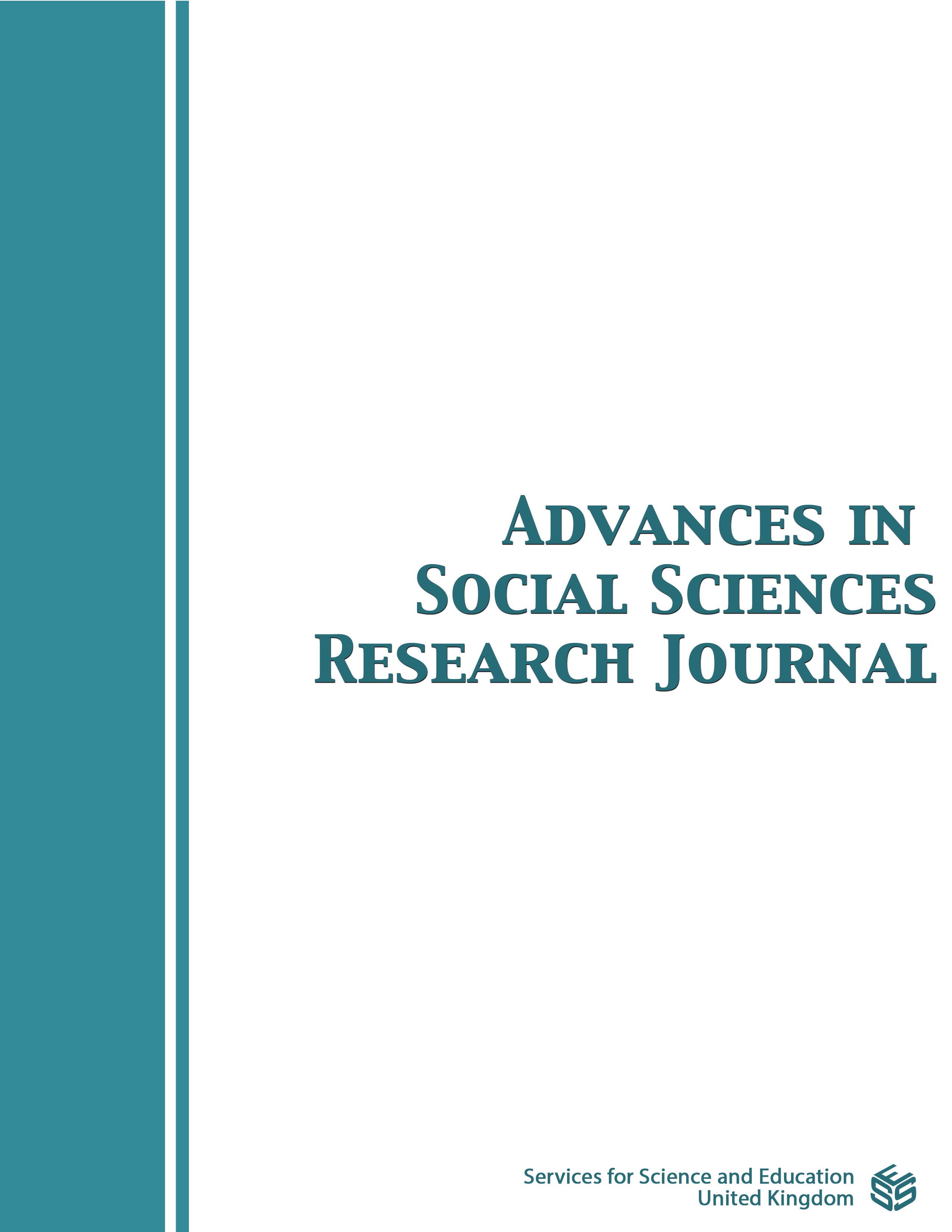The Contemporary Public Sphere-Habermas’ Perspective
DOI:
https://doi.org/10.14738/assrj.106.14848Abstract
Undoubtedly, the contribution of public opinion and involvement is a critical aspect in shaping and influencing the political, social, and democratic courses within a nation. The concept of the public sphere acknowledges the presence and studies the initiation of integral discourses conducted by the public. Indeed, the German philosopher, Jürgen Habermas, instigated and established the understanding of such a concept. He critically highlights that the presence and participatory nature of the public sphere is crucial for a democracy. His theory, espoused in his 1985 Theory of Communicative Action, is predicated upon the principle that how we communicate, affects the content of that communication in the reasonable discourse of a mature democracy (Lock and Strong, 2010, p. 78). Nevertheless, it is evident that the development of technology and the internet has led to immense changes in the manner in which the public is able to become involved in such activities. Unquestionably, newspapers, writing letters, television and public meetings are no longer the only public sphere sources of the communication of information and the rise of social media and the virtual world provides many new sorts of opportunities for the exchange of views (Masip et al, 2019). Jürgen Habermas’ theory was established over a decade before the advent of social media, which raises critical questions as to the placement of the public sphere in the context of the realm of social media. The public sphere has been fundamentally developed by digital communication and the emergence of the immediacy of opinion making via social media platforms, introducing a less personally interactive but much broader participatory base, increasingly sophisticated and more contentious (Mahlouly, 2013). This paper will examine the nature of communication in the contemporary public sphere and verify whether the rise of social media and the virtual world extends the public sphere or diminishes the level of rational conversation through exploring the public sphere; and monitor his structure, function and places of work, according to Habermas’ theoretical vision. Moreover, to explain its components in the political and social field in the lifeworld. Also, to what extent of the contemporary sphere's applicability to Habermas' communicative theory. While Habermas' vision of the public sphere and communication was emphasized, it has been argued the perspective of Hannah Arendt and her “public realm”. In addition, many contemporary thinkers, particularly Fraser, argued about the concept of the contemporary public sphere in the postmodern.
Downloads
Published
How to Cite
Issue
Section
License
Copyright (c) 2023 Abdullah Almuqren

This work is licensed under a Creative Commons Attribution 4.0 International License.
Authors wishing to include figures, tables, or text passages that have already been published elsewhere are required to obtain permission from the copyright owner(s) for both the print and online format and to include evidence that such permission has been granted when submitting their papers. Any material received without such evidence will be assumed to originate from the authors.






